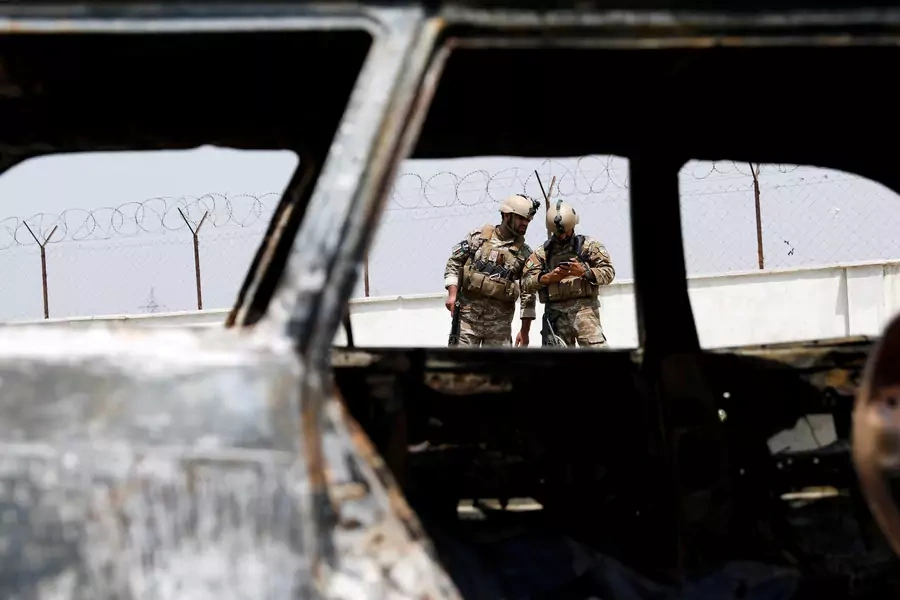Top Conflicts to Watch in 2021: Increasing Violence in Afghanistan

Laurel Miller is director of the Asia program at the International Crisis Group and former acting special representative for Afghanistan and Pakistan at the U.S. Department of State.
Although the war in Afghanistan is already one of the world’s deadliest, the risk is high that it might intensify in 2021. A nascent, fragile peace process has not diminished the violence experienced by Afghans, and an uptick in targeted assassinations has sent shock waves through urban areas, even though a U.S.-Taliban agreement signed in February 2020 diminished the Taliban threat to U.S. personnel. That agreement produced the launch of peace talks among Afghans in September, after months of delay. It also committed the United States and North Atlantic Treaty Organization (NATO) to a total withdrawal of forces by May 2021, and the Taliban to preventing Afghan territory from being used by transnational terrorist groups to threaten the United States and its allies. Currently, the parties’ wait-and-see posture toward the incoming Biden administration—watching particularly for signals of commitment, or not, to the February deal—is slowing the talks. An Afghan political settlement by May is virtually impossible, and an increase in violence and the potential collapse of the peace process was identified as a top concern for U.S. policymakers in this year’s Preventive Priorities Survey.
More on:
There are two main scenarios for increased violence. First, if the United States withdraws all forces this year without a political settlement, the peace process would collapse and the scramble for power that would ensue would likely lead the country into a bloodier, multi-sided civil war. Second, if the United States blows past the May deadline without reaching a new timeline understanding with the Taliban—or decides to maintain an indefinite, even if small, military mission—then the Taliban would once again contest the U.S. presence and violence would likely rise. In either of these two scenarios, the disappointment of regional countries that are expecting the United States to leave and the Taliban to gain a share of legitimate power would probably manifest in increased support to the insurgent group. If the peace process plods along during 2021, then more or less a status quo level of violence is most likely; the Taliban probably will not agree to a ceasefire until they secure significant political benefits in exchange. The best scenario for violence reduction would be dramatic progress in the peace process, but this is the least likely scenario for 2021.
The Biden administration will probably prefer to further wind down American involvement in the war in Afghanistan, but will have difficult calculations to make. It will have to decide whether the remaining risk of terrorism emanating from Afghanistan justifies maintaining a troop presence that would be incompatible with any political settlement with the Taliban. And it will have to consider that keeping troops there would tag the administration with responsibility for perpetuating the U.S. role in the twenty-year conflict. Although the differential direct consequences for U.S. security posed by the choice between staying and leaving may be minimal, the administration will also have to weigh the political costs of the ugliness that would follow a withdrawal absent a political settlement—including a possible collapse of the Kabul government, new refugee flows, and roll-back of freedoms for women and others. Afghanistan is not a high-profile issue in the United States now, but might become one in these circumstances. The path of least resistance may be keeping even an underperforming peace process going as long as possible. This peace process still has some chance of producing the best possible outcome, but how long the process can be sustained beyond the May deadline is uncertain.
More on:
 Online Store
Online Store